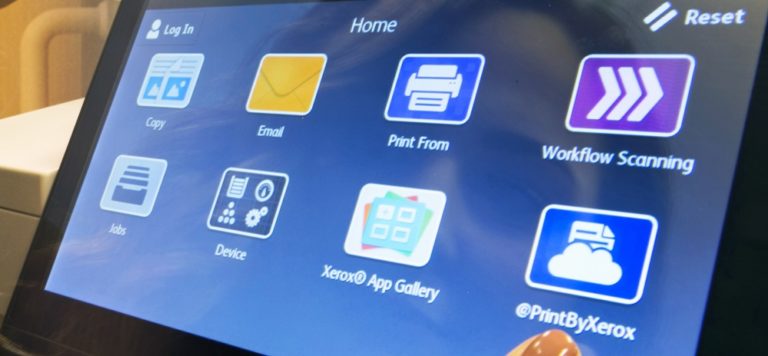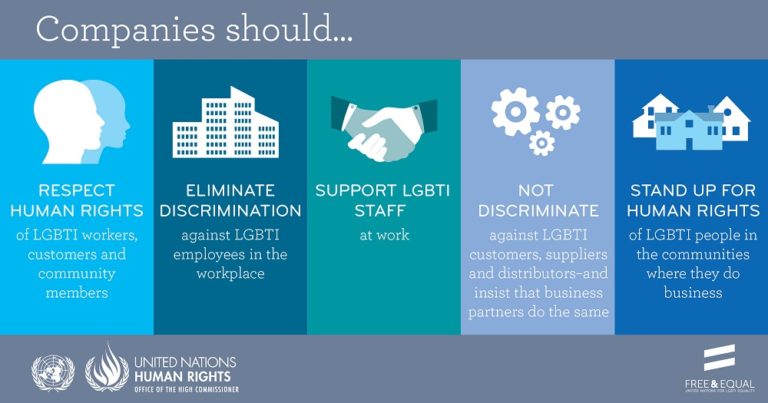By Sachin Shenolikar

It is not hard to identify the challenges facing our transportation system, particularly in population centers. Most urban mobility initiatives are focused on easing congestion and pollution.
Buses, the largest vehicles on city streets, are often big perpetrators of both. But what if buses had dedicated lanes so they could bypass traffic, allowing for faster trips and less time idling? That strategy has been successful in Mexico, Peru, and other Latin American countries.
Bus Rapid Transit (BRT) combines the qualities of bus, streetcar, and light rail systems. Commuters buy tickets at a station and board via a platform. The buses are able to communicate with traffic signals to get priority on the road.
Bus Rapid Transit Expands in Latin America
The first BRT system was built in Curitiba, Brazil, in the mid-1970s. The early 2000s saw a big rise in the systems in Latin America. Mexico City’s BRT started a decade ago as officials were looking for a way to optimize mobility on the city’s main avenues and offer a complement to the city’s subway system.
ARVE Error: need id and providerThere are now has five lines in Mexico City, and the system has expanded to cities such as Leon, Chihuahua, Monterrey, and Guadalajara. Twenty more BRT projects will be implemented in Mexico over the next five years. Plus, a BRT Carbon Finance Project, a plan that seeks to reduce airborne pollutants and greenhouse gas emissions, could be completed by the end of 2015.
“BRTs are a good enabler to reduce congestion as well as contamination and toxic gas emissions, and could work anywhere there is the critical mass to justify the investment,” says Alejandro Silva, operations director in Mexico.
BRTs have also proven to be a cost-effective solution in developing nations — bus systems are much cheaper to build and maintain than rail. “It was the fastest and cheapest way to provide citizens with a modern transportation system,” says Ralph Pollandt, operations director for Xerox in Lima, Perú.
Lima’s El Metropolitano connects 16 districts over a 20-mile area. Its buses run on natural gas, which result in reduced emissions, an express lane that speeds up commutes. The BRT system also makes roads safer —accidents decreased dramatically in Lima after El Metropolitano was up and running.
“The low investment in infrastructure, the time to build and operate, coupled with the ease of use and operating costs, makes BRT systems ideal for countries wanting to transform their public transportation system,” says Pollandt.
U.S. Cities Turn to Bus Rapid Transit
BRT has been evolving in the United States too. Cleveland’s system, the HealthLine, is considered to be the best in the nation. Los Angeles, Las Vegas, and Pittsburgh have implemented them as well.
The next step to BRT is better integration with government and the entire ecosystem of each city. Municipalities are also focusing on using technology to streamline payments, and seeking public-private partnerships to speed implementation.
“The greatest successes with BRTs has been in cases that have been supported by responsible public policies and financing institutions, further integrating mobility solutions to appropriate land uses and sustainable urban development,” says Luis Ricardo Gutiérrez Aparicio, secretary general of SIBRT, the Latin American Association of Integrated Transportation.
“In short, the BRT is designed not only as transportation corridors but also as brokers for life.”
Subscribe to this blog and receive email updates when we publish a new article.



